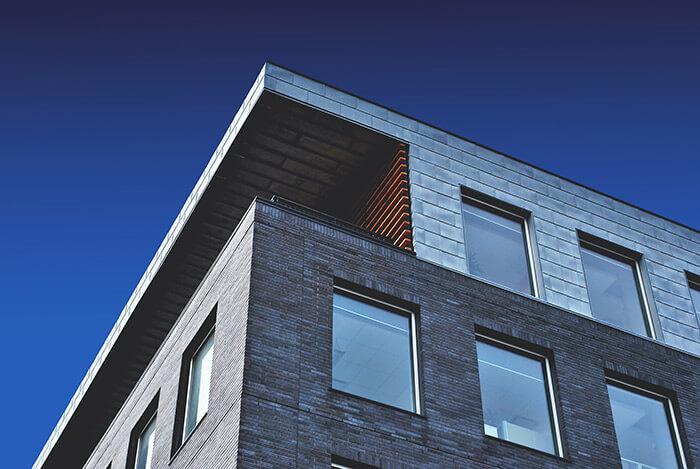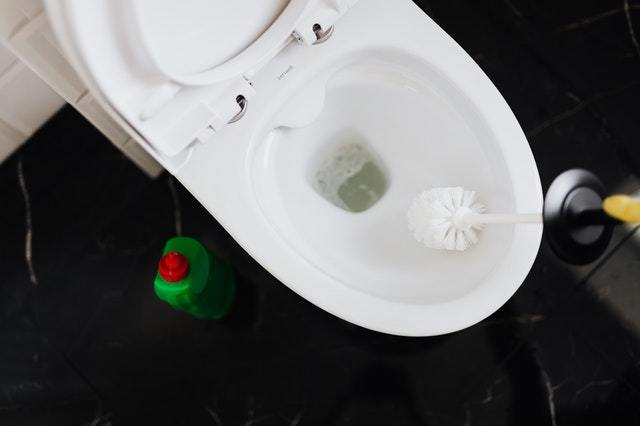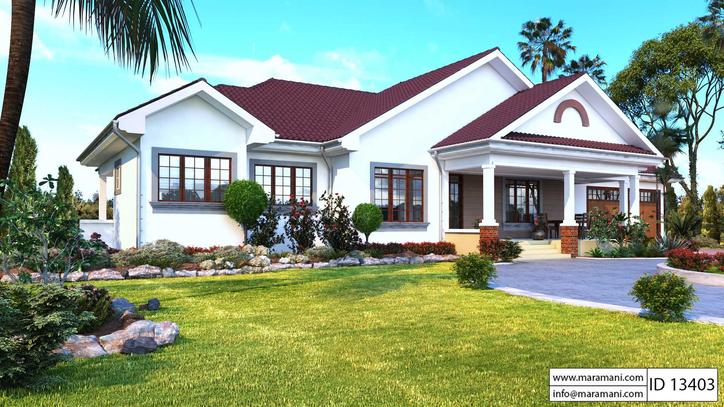 There are various types of materials used for walls in modern houses. But some are more predominant for adding a unique beauty to the outer and inner walls of houses than others.
There are various types of materials used for walls in modern houses. But some are more predominant for adding a unique beauty to the outer and inner walls of houses than others.
In addition to being strong and durable, walls have to be beautiful and appealing to the eye. There are numerous wall materials made particularly for this purpose. This article will help you to choose the best material that suits your taste.
The article is segmented into two parts. The first part discusses the top materials for interior walls while the second part details the best materials for exterior walls.
Best Types of Wall Materials for Interior Walls
1. Wood Paneling

Wood is a good replacement for drywall. Wood paneling used to be an old way of constructing interior designs. This material was said to be outdated and unsuitable for modern furniture, but it's quite different now. Homeowners now use wood panels in a different way that makes it suitable for modern-day houses. You only need the right geometry, color, and creativity.
Wood is very stylish. Cut the panel into narrow strips and arrange them to create designs in segmented spaces.
You don't have to use wood all over, let your creativity do a perfect geometry, and use bright colors. The color you choose determines if the house won't look like a cabin.
Wood provides thermal and acoustic insulation to the home. It also conceals dents and cracks in the house. The material is easy to fix, eco-friendly, and requires proper maintenance. It is not waterproof and is liable to rot.
2. Paint
There are several types of paints. Oil-based paints are good for wooden textures while water-based paints are perfect for interior walls. Flat, eggshell, and satin paints are water-based paints while semi-gloss and gloss paints are oil-based. They only have a slight difference.
- Flat finish – It has a matte look and suitable for hiding flaws. It's the cheapest paint and not as durable as the others. Also, it doesn't shine.
- Eggshell finish – This is relatively cheap and durable. It is easier to clean and shinier than flat paint. Eggshell paint is suitable for living rooms, hallways, and bedrooms.
- Satin finish – Satin is perfect for rooms like kitchen and bathrooms. It is the easiest to clean as it is suitable for scrubbing and regular cleaning.
- Semi-gloss and gloss – They are very expensive, reflective, and durable. Gloss and semi-gloss are good for wall trimming and woodwork.
Paint is perfect and easy to apply. You may do it yourself or get professional help if you please.
3. Tiles
Tiles are mainly used for kitchen and bathroom. They can easily be cleaned with just a piece of cloth and water. This will make them shine and gleam. But they have to be installed properly to prevent molds. They are manufactured in different colors, patterns, and textures.
Tiles can also be stunning in other parts of the room if installed with creativity. A good recommendation is a single wall decorated with marble tiles in a living room. Mosaic tiles are capable of making your living space glow. Mirrored and polished tiles are perfect for making rooms brighter and look more spacious.
4. Brick

An exposed brick wall is elegant. If you are looking for how to renovate your old home, you might just try bricks. They can also create a unique accent to a newly constructed home. It's possible to have the architect include a brick wall in the floor plan.
5. Glass
Glass can replace walls in your home to make it brighter and look larger. You can use a glass partition to separate your living room into different partitions. Master bedrooms can have glass walls to make them luxurious and spacious.
The material can also be used to demarcate playing areas, reading nook, or sitting areas in your house. Glass walls speak luxury. You may also have stained glass installed on the ceiling of your room.
Best Types of Wall Materials for Exterior Walls
1. Brick

Building an exterior wall with brick is exceptional and beautiful. Brick helps in cooling the house during hot weather, and this makes it a great choice for building in a tropical location. It is a durable material that can last the lifetime of a house.
Brick is now available in more colors to give your home a modern look. It is ultimately classic and can make your exterior wall standout.
2. Wood
Wood is increasingly becoming popular these days. It is an excellent alternative to traditional materials. There are varieties of wood like pine, cedar, redwood, and spruce that work well on exterior walls. Ask your builder for the type of wood that is most suitable for the region your building will be constructed. Choose a grade of wood that suits your taste and design. You can easily power wash stains and seal wood for maintenance.
3. Metal
Metal provides an excellent modern industrial look. It can be used for the whole façade or used alongside another material to create a unique design on the exterior walls of the house. Metals are used for incorporating bold colors into the design. They’re durable and easy to install.
You can use corrugated metal sliding, vertical sliding, horizontal sliding, and many other varieties of metal to achieve a modern look.
4. Vinyl
Vinyl is cheap, and most vinyl material used recently are insect-proof, fade-resistant, and durable under normal circumstances. It comes in a range of colors and designs, which give you the option to choose whichever suits your definition of classic.
This material requires frequent maintenance because mold can build upon it. It is lightweight so you can easily transport it to your site. Vinyl is also popularly accepted because it is recyclable.
Note that this material is not suitable for areas that are prone to storm.
5. Stone

Use real stone or stone veneer to give your building a natural look. You’ll get a breathtaking result. Stone provides insulation and is proper in extreme weather conditions. It is easy to clean because it doesn't stain permanently. So, just water and detergent will clean perfectly.
It is sturdy like brick and metal but doesn’t come cheap. Natural stones are costly to install and repair. So, it is important to have it fixed properly. Many people choose to use stone veneer because it is less expensive, but it may not be as durable as natural stone.
6. Concrete
This is the most commonly used wall material. It is strong, durable, and has excellent resistance to wind and fire. Precast concrete, which is formed off-site, can be used for making sculptural designs on your building.
Concrete is suitable for building exterior walls in places prone to hurricanes. It helps the house to fully recover faster as the exterior walls will remain intact, and only a new roof will be needed.
Also, consider using concrete if your building is situated in a noisy environment because it is excellent for sound absorption.
7. Ceramic Tiles
Tiles create a strong first impression when used outdoors. They’re recommended for walls, patios, and walkways. They can go with other materials to create a unique exterior design. Terracotta tiles and porcelain tiles are excellent choices for designs.
If properly installed, tiles are durable, easy to maintain, and protect the structure from elements. Make sure that the tiles you purchase are deemed fit for this purpose by the manufacturer. Also, make sure that they are well installed to ensure durability.
8. Plastic
This is available in different colors and patterns; you don't need to paint. Plastic can be recycled, easy to find, and is becoming more common for exterior buildings. It is easy to install and requires little maintenance.
Plastic is a durable wall material that can be used for the entire façade or some part of it. It comes in different panels and designs including vinyl, wood grain pattern, and rough firewood.
Final Words
Walls are not to be neglected; they deserve as much attention as other parts of the house. When choosing the right wall material for your exterior façade, there are certain things to consider. You must consider your location and the climate of the region. Consider the durability of any material you choose, how well you can maintain it, and if it suits your taste.
For interior walls, the materials should fit your design. They should blend in with the colors of your furniture, be durable, and cost-effective, especially if you’re building your house on a tight budget.
Do not hesitate to DIY your walls if you can. Paint, wood paneling, and some others can be done by homeowners. Remember, your walls create impressions, make sure they are well constructed.






Leave a comment
This site is protected by hCaptcha and the hCaptcha Privacy Policy and Terms of Service apply.